One of the things that caught my attention when I started to assemble my first 3D printer is that the different filaments that we use in 3D printing are capable of absorbing moisture, who would have thought 🙂
Obviously I was unaware that the plastics used in 3D printing – in this case plastic polymers – could accumulate moisture, and directly affect our printed parts in such a direct way, but the truth is that it is so.
In today’s article I want to make a brief introduction to this and show the importance of correctly storing any filament that we buy.
As I always do before starting each article, I would like to remind you that we have a great community in our Telegram channel where we share our doubts and experiences. Have no qualms about joining if you wish.
Definition of Hygroscopy

Hygroscopy – or also called hygroscopicity – is the ability of an element to absorb moisture from the environment that surrounds it . And the filaments we use for 3D printing are not exempt from this property.
However, I do not want you to be alarmed since it is not an immutable process. We can easily reverse the state of our filaments in the event that they acquire moisture, something more common than we think.
Depending on the material – or in this case the type of filament – our coil will absorb moisture at different speeds. Materials such as PETG, Nylon or Flexible are usually quite hygroscopic, so they must be handled with great care.
Although hygroscopy is something that is often overlooked – especially if you are just starting to discover this new world – ambient humidity affects our reels considerably, and can go so far as to spoil our printed parts.
It makes no sense to assess the quality of different brands of filaments, which we often “crucify”, when in a single night a badly stored roll can acquire humidity, and be affected in the following prints.
As you can imagine, it is worth taking some precautions and keeping our filaments in a dry and safe place, so as not to have to deal with this inconvenience and save future headaches.
Equilibrium moisture content (EMC)
Each material has a different equilibrium moisture content. If the ambient humidity is lower than the equilibrium moisture content value of our filament, it will dry out.
If, on the other hand, the ambient humidity is higher than the value of the equilibrium moisture content of the filament, it will begin to absorb humidity, a great inconvenience.
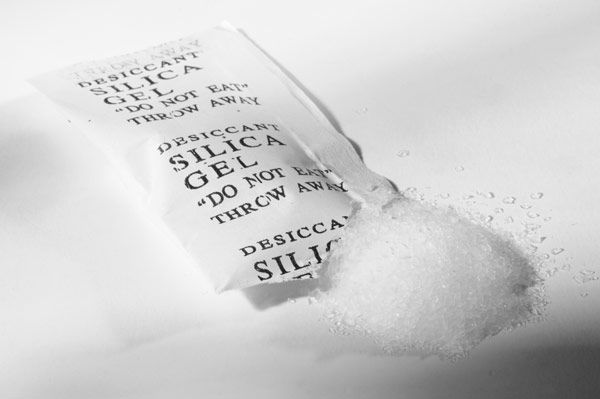 As you may have seen, a small bag with desiccant always appears inside each coil of filament that we buy.
As you may have seen, a small bag with desiccant always appears inside each coil of filament that we buy.
This substance is silica gel (hygroscopic compound), which is usually added to different products as you have already seen on many occasions.
Silica gel, having an extremely low equilibrium humidity, is capable of absorbing water from the atmosphere in any condition.
Hence, manufacturers always include it in the spools, since it is a fairly inexpensive and effective way to preserve the quality of our filaments for 3D printing.
How does humidity affect my printed parts?

Good question, and the answer is very simple. Moisture affects the quality of our filament, the surface finish in numerous ways and can even compromise its mechanical properties, making it more brittle.
And oddly enough, on certain occasions it can even lead to problems with adhesion of the pieces to our printing surface.
The problems that may arise will depend on the material that we are using in each print. Logically the composition of a PLA coil and an ABS coil differ, so what we can find during printing will vary.
However, and for simple reference, here is a table with some problems that may arise:
| MATERIAL | DRYING RECOMMENDATION | POSSIBLE ISSUES |
| ABS | Low |
|
| ASA | Medium |
|
| CPE | High |
|
| TPU/TPE | Medium/High |
|
| NYLON | High |
|
| PETG | High |
|
| PC/ABS | High |
|
| PLA | High |
|
Safely store our filaments
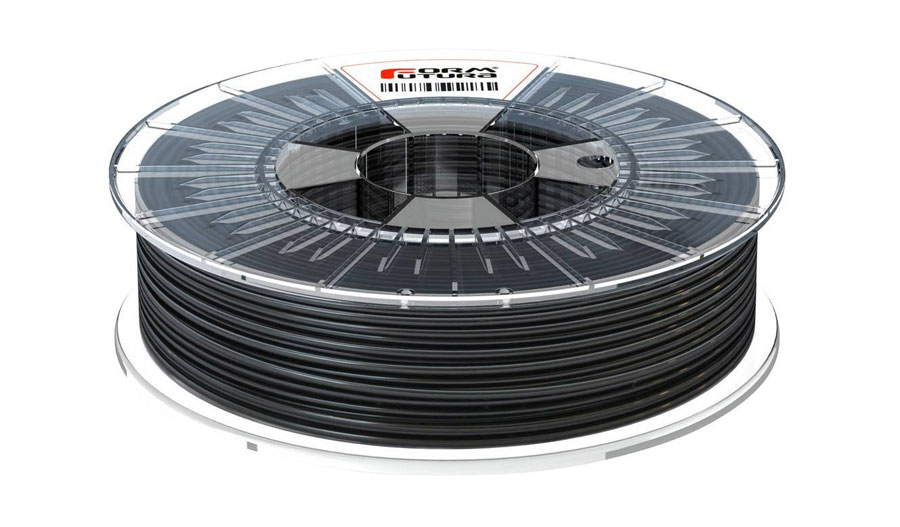
The ideal way to store our 3D printing filaments is in a container or bag that is hermetic or if it can be vacuum. And if possible with silica gel (hygroscopic compound), which you will probably have no problem acquiring since all the filaments usually bring bags when we open them for the first time.
Also, think that these filaments have an expiration date, since after one year they usually start to lose properties. There is no point in buying a large quantity of coils unless you are going to use them in the short term. Buy only what is necessary and essential for your activity.
Identifying filaments with moisture
Different filaments (materials) absorb moisture at different speeds. Some only superficially and others also absorb it inside.
Some clues that can help you identify that you have a reel with humidity can be the following:
- Layer adhesion and resistance of the piece reduced
- Uneven extrusion lines
- Noise like bubbling or small crackles (see video)
- Poor quality surfaces or strange textures
- Stringing effects during printing
In this great video “MatterHackers” you can see the difference between a Nylon filament with humidity and a normal one.
The difference is abysmal, and not only because of the noise that the water produces when it evaporates, but also because of the “discontinuity” of the filament when it is extruded.
Using a conventional oven

There are different tricks and commercial solutions on the market to be able to dehydrate or dry our filaments. If you search on the internet and on platforms such as kickstarter you will easily give with some of them.
The most common, simple and economical is to put your 3D filament coils in an oven at a stable temperature for several hours, depending on the results you want to obtain.
It is certainly a fairly practical solution, I will not deny it, and everyone has one at home as it has become something completely essential today.
However, I personally do not feel very confident about putting plastics – most of them toxic – in an oven designed to cook food that we are going to consume later. And especially seeing the alternative solutions that already exist in the market.
Also, it is not the first time that I see a coil completely cast in groups of 3D printing on facebook (for going over “baking”). Some ovens exceed the temperature set at the beginning, and you have to watch out that this does not happen to you in the preheating process.
Professional solutions (Sunlu, eSUN, Polymaker)
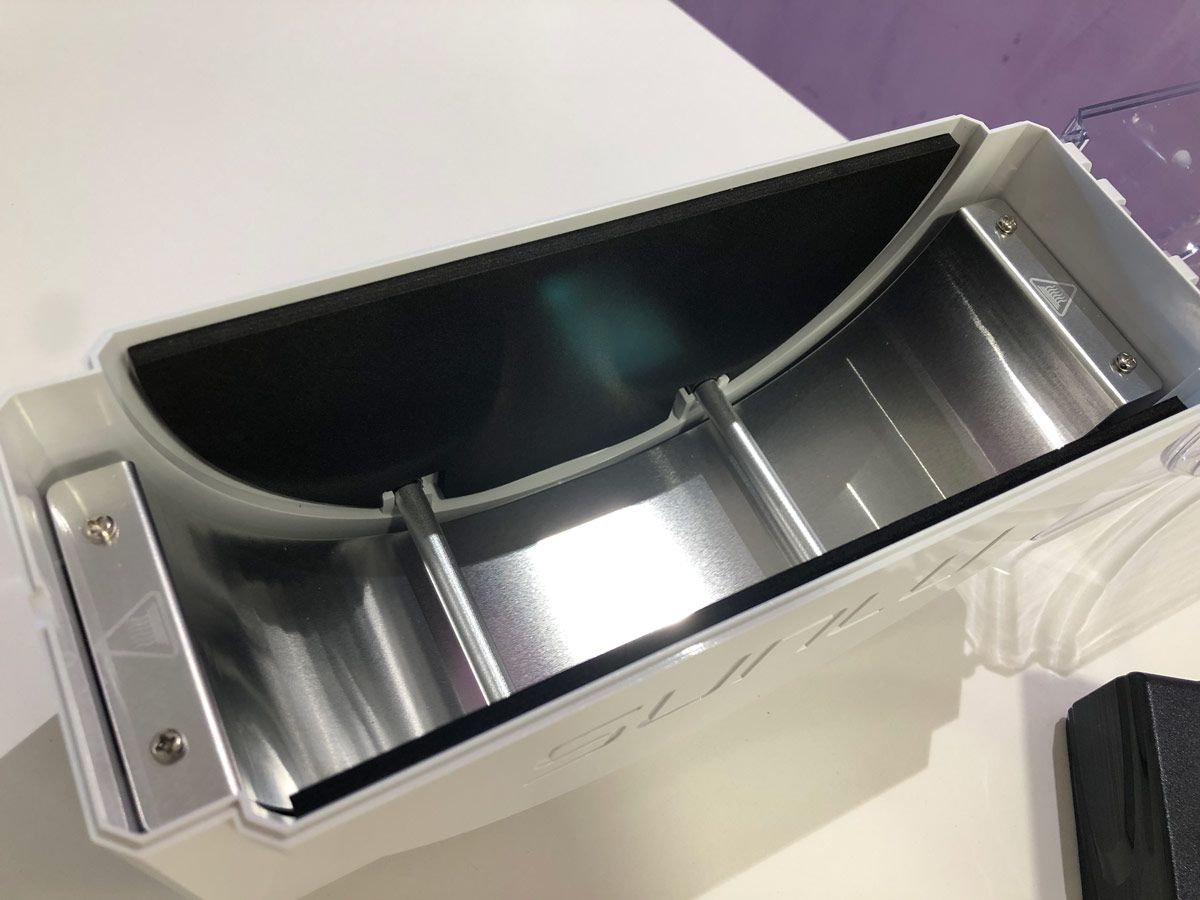
As a result of this, various products have appeared that offer a more practical and safer solution, such as the ones that I am going to mention below. I personally prefer to use a specific product for such “needs” since they generate a little more confidence in me.
The ideal would be to dry the filaments prior to our printing and during our printing, to obtain better results. Something that in a conventional oven we could not make and that these products can offer you.
Below are some affiliate links of different commercial products to dehydrate (or dry) filaments. The prices are quite affordable and tend to be around 70-80 euros. I have to indicate that as they are affiliate links if you use them I will have a small commission left to support the project 3DWork.io.
| Polymaker PolyBox | |||
 |
Sunlu Filament Dryer S1 | ||
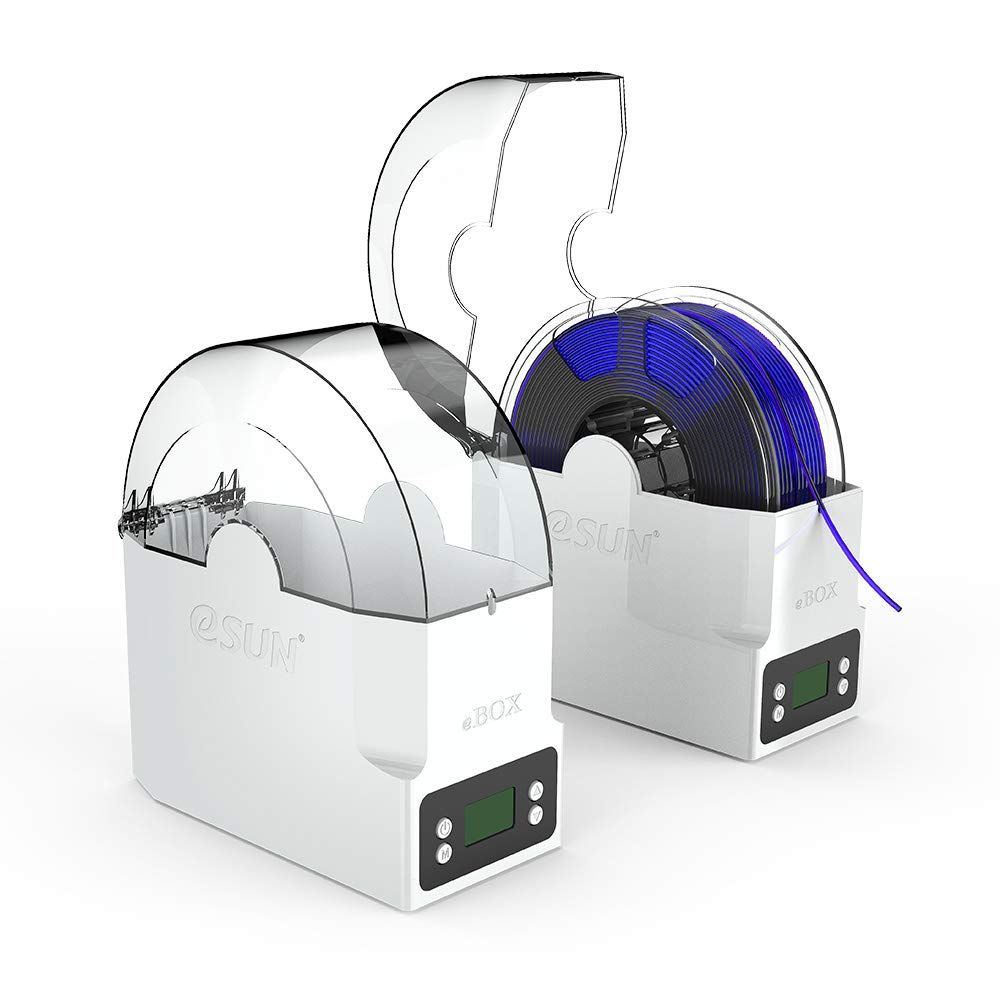 |
eSUN eBOX |
You can also use our specific search engine for 3D printing products called Markets.sx. This way you will literally crawl different online marketplaces in a single click (Amazon, Gearbest, Aliexpress, etc.) and it will show you the results in a single search.

Recommended drying times
The following recommendations can be used as a reference, and would in principle be optimal for an environment with relative humidity of 50%, a temperature of about 20ºC (68ºF) and a weight of 500g (1 lbs) of filament.
However these times may vary depending on different environmental conditions, humidity in the filaments initially, manufacturers, etc. And as I mentioned previously, it is advisable to continue the drying process during printing.
| MATERIAL | TEMPERATURE | TIME |
| ABS | 60ºC / 140ºF | > 2 hours |
| ASA | 60ºC / 140ºF | > 4 hours |
| PP | 55ºC / 131ºF | > 6 hours |
| TPU/TPE | 50ºC / 122ºF | > 4 hours |
| NYLON | 70ºC / 158ºF | > 12 hours |
| PETG | 65ºC / 149ºF | > 2 hours |
| PVA | 45ºC / 113ºF | > 4 hours |
| PLA | 45ºC / 113ºF | > 4 hours |
I hope this brief introduction to filament drying may have been helpful. Please feel free to read other interesting articles from 3DWork.io and also visit us on our social networks (Facebook, Twitter and Instagram):
- Post-processing of 3D parts: Much more resistant and airtight with heat and salt
- Marlin Builder: Update with support for version v2.0.6.1 and factory preconfigured firmwares
- Monoprice Cadet: Safe 3D printing for kids and beginners
- New review of electronic BTT SKR MINI E3 V2.0 for your Ender 3 printer
- Closed-Loop Motors: Makerbase MKS Servo42b (Brief analysis)
- Complete guide SKR v1.4 / v1.4 Turbo with TMC2209 Sensorless drivers and Display TFT35 V3.0
- DyzeXtruder Pro: Analysis of a high-performance extruder for professional environments
- MKS TFT35 Display: Latest updates v106 and v107 available
- The Spaghetti Detective: Monitoring Octoprint from the Internet safely























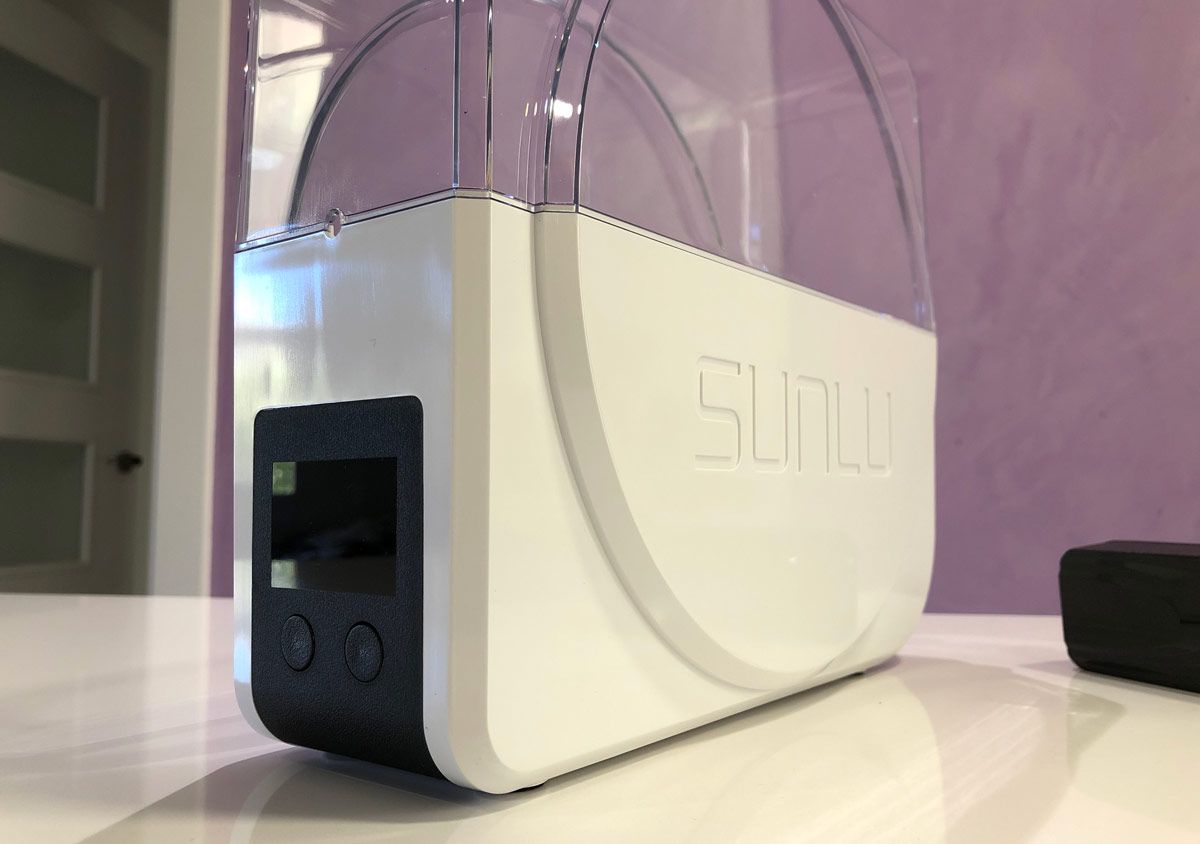
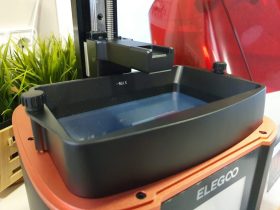
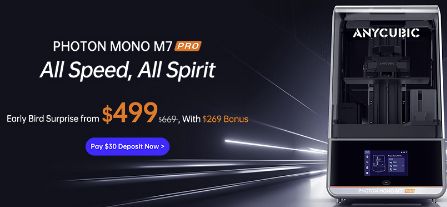
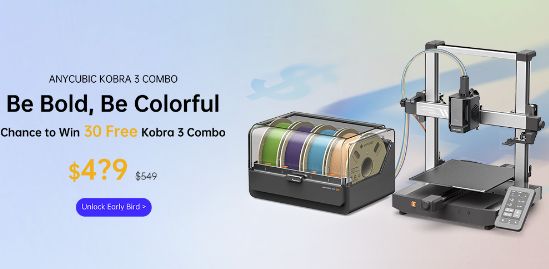







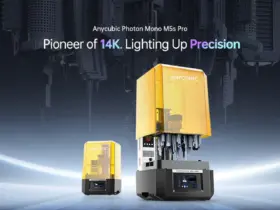


Excellent article !
As you pointed out, all filaments are hygroscopic to some extent. Some are b*tches (like Nylon, TPU, or PET/PETG), some are less sensitive (like PLA), and drying them prior to and during any print session is clearly something mandatory.
I like keeping my spools in a Sunlu Filadryer for that purpose during every print, with a tubing extension.
Something I also like to do, so spools are kept “safe”, is storing spools in (reusable) vacuum ziplock bags with some silica gel pouches.
Not fool proof, yet pretty handy. Better safe than sorry ! 🙂